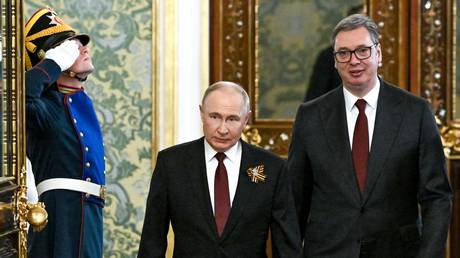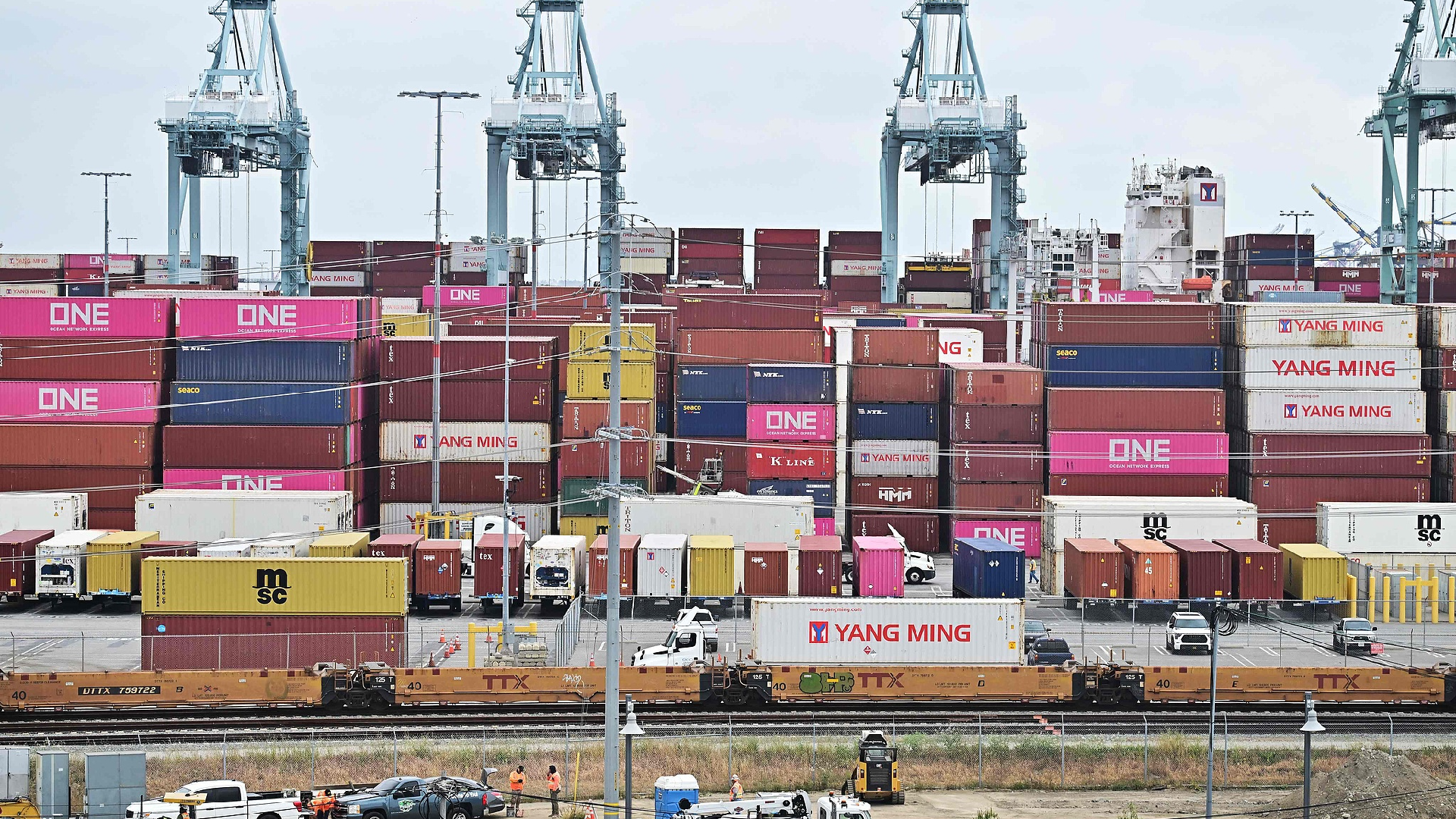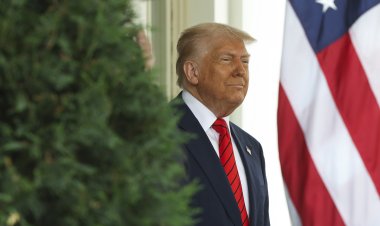Chronology: Attempts on the Lives of US Public Figures
Assassination plots have been a part of American political life since the 19th century.
.jpg?#)
Here's a brief history of assassination attempts on the lives of presidents and presidential candidates. Four presidents have been killed by assassins.
Jan. 30, 1835: Richard Lawrence attempts to shoot President Andrew Jackson at the Capitol. Both of his pistols misfire. Historian John William Ward characterized Lawrence as "a lunatic who later described himself as heir to the British crown."
April 14, 1865: President Abraham Lincoln is mortally wounded by noted actor John Wilkes Booth while watching "Our American Cousin" at Ford's Theatre in Washington. Booth's fellow conspirators, all supporters of the Confederacy, also seek to kill other government leaders that night, but succeed only in wounding Secretary of State William Seward.
July 2, 1881: President James Garfield is shot by Charles J. Guiteau at a train station in Washington. Historical evidence indicates Garfield could possibly have survived, but his doctors handled the case poorly and he died in September.
Sept. 6, 1901: President William McKinley is shot and killed by Leon Czolgosz at the Pan-American Exposition in Buffalo and dies of gangrene eight days later.
Oct. 14, 1912: Former President Theodore Roosevelt, seeking the office again, is shot and wounded by John Schrank while campaigning in Milwaukee. Though he has a bullet in his chest (it passed through a copy of the speech he was to give), Roosevelt addresses the crowd anyway and then seeks medical treatment.
Feb. 15, 1933: Giuseppe Zangara attempts to shoot President-elect Franklin Delano Roosevelt in Miami. His first shot misses Roosevelt; in the ensuing struggle over his gun, Zangara fires more shots, fatally wounding Chicago Mayor Anton Cermak.
Sept. 8, 1935: Huey P. Long, a senator from Louisiana who is expected to run for president in 1936, is shot and killed at Louisiana's State Capitol. Carl Weiss shot at Long, but it is widely believed Long was accidentally killed by return fire from his bodyguards.
Nov. 1, 1950: Puerto Rican nationalists try to kill President Harry Truman, who is temporarily residing at Blair House in Washington during White House renovations. Though mortally wounded, White House policeman Leslie Coffelt is able to kill Griselio Torresola before he enters the building. Oscar Collazo, the other would-be killer, is also stopped before entering Blair House.
Dec. 11, 1960: Richard Paul Pavlick plans to crash into the car of President-elect John F. Kennedy and blow it up with dynamite, but changes his mind when he sees the president's wife and children with him. Pavlick is still intent on carrying out the plot at a later date, but he is arrested before he could do so.
Nov. 22, 1963: Kennedy is shot and killed during a motorcade in downtown Dallas; Texas Gov. John Connally is also wounded. Two days later, Lee Harvey Oswald, who is in custody and suspected of the assassination, is killed by nightclub owner Jack Ruby while being transported by police. A commission led by Supreme Court Chief Justice Earl Warren will subsequently declare that Oswald was the lone assassin.
June 5,1968: Presidential candidate Robert F. Kennedy is shot and killed by Sirhan Sirhan in the kitchen of the Ambassador Hotel in Los Angeles after winning the California primary. The murder, which came only two months after the fatal shooting of the Rev. Martin Luther King Jr. in Memphis, pushed the Democratic Party toward a crisis at its political convention that summer.
March 15, 1972: Arthur Bremer shoots Democratic presidential candidate George Wallace in Laurel, Maryland, leaving Wallace paralyzed. Three other people were wounded. (Bremer had previously sought to shoot President Richard Nixon but was unable to get close enough to do so.)
Feb. 22, 1974: Samuel Byck hijacks a DC-9 with the intention of crashing it into the White House to kill Nixon, but he is fatally shot by police before he could do so.
Sept. 5, 1975: Lynette "Squeaky" Fromme, a supporter of mass murderer Charles Manson, tries to shoot President Gerald Ford in Sacramento. Her gun misfires.
Sept. 22, 1975: Sara Jane Moore shoots at Ford in San Francisco but misses.
March 30, 1981: John Hinckley Jr. shoots President Ronald Reagan as he exits the Hilton Hotel in Washington, seriously wounding the president. Press secretary James Brady is wounded as well; his death 33 years later would be ruled a homicide. (Hinckley had stalked President Jimmy Carter in October 1980 but didn't do anything at that point.)
1993: A plot to blow up President George H.W. Bush by car bomb is foiled in Kuwait. The assassins were in the employ of Iraqi President Saddam Hussein.
Nov. 11, 2011: Oscar Ramiro Ortega-Hernandez fires multiple shots at the White House, striking the building but not injuring any members of President Barack Obama's family or anyone else.
2018: Pipe bombs are mailed by Cesar Sayoc Jr. to a number of leading Democrats, including Obama, former presidential candidate Hillary Clinton and future President Joe Biden. None harm their target.
July 13, 2024: Former President Donald Trump is shot and wounded during a rally in Butler, Pennsylvania. One attendee of the rally is killed. The Secret Service kills the shooter; FBI subsequently identifies the would-be assassin as Thomas Matthew Crooks.
LD TROIB News












